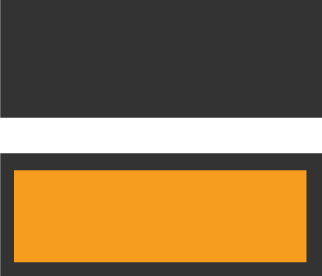
SimPEG Conference
In 2016, Lindsey, Doug, Adam and I ran a BIRS Conference.
Relevance, Importance, Timeliness¶
Although each sub-discipline (e.g. flow modeling vs electromagnetic simulation) invokes many of the same concepts and numerical pieces for solving simulation and inverse problems, the approaches developed and applied are not easily shared. This is due to differing terminology, organization of the methodology, and software implementations. These disconnects are especially apparent in software implementations. Software is often developed for specific outcomes, and the components, which are generic and could be shared by others, are deeply embedded and not easily transferred to other applications. This lack of transportability and interoperability severely hinders the advancement of geophysical applications since geoscientists in different subgroups often find themselves having to develop a complete software solution from scratch prior to investigating their scientific questions of interest. Much greater efficiency, and higher quality outcomes, could be achieved if geophysicists had a common framework to guide their approach and had access to software that performed many of the routine operations. Geoscientists would therefore be able to concentrate upon the higher-level scientific problem and on developing components that are specific to the problem at hand.
What we are proposing¶
Bringing a community of researchers together to establish, discuss and improve the proposed framework is the overarching goal of this workshop. A framework serves as a means of organizing an approach to simulation and inverse problems, should facilitate communication between researchers and act as a blueprint for a software implementation. The chosen terminology and lexicon must be workable for all groups. The participants identified and contacted have knowledge of the standard practices in their field and have diverse backgrounds in terms of organization of simulation and inversion methodology. This meeting will provide a unique opportunity to bring this group together to consolidate, synthesize and refine the proposed framework.
Specifically, this workshop is aimed at bringing together current experts and the next generation of researchers to: (1) summarize and capture the current challenges in solving geophysical simulation and inversion problems; (2) identify commonalities in the elements and approaches used to solve problems in each of the subfields represented; and (3) synthesize this work in the context of an actionable framework.
Proposed structure¶
Much progress has been made in the individual sub-disciplines of geophysical simulation and inverse problems. However, most of this progress has occurred in isolation, despite the fact that geoscientists are increasingly encountering problems where information from several subdisciplines must be integrated. In order to address the three goals outlined above the workshop will be structured to:
have participants provide an overview of the subdisciplines of geophysical inversions, including:
a summary of the standard practices in that subdiscipline
a discussion of the present state of research and the types of research questions being asked
their perspective and outlook on future research directions
identify overlaps and commonalities in the approaches used to solve simulation and inverse problems in each of the sub-fields of geophysics
organize the elements and approach in an integrated framework for geophysical simulation and inverse problems
discuss the practical challenges of sharing and integrating software into the framework developed
Throughout the workshop, applications and thematic examples will provide context and discussion points. We will provide a pre-workshop tutorial and research carnival at the University of Calgary to introduce the current framework, overview of active research, and seed ideas for the BIRS workshop. Following the workshop, we will provide further hands-on-tutorials with the SimPEG software and informal support through working groups for one day at the University of Calgary.
Knowledge capture and dissemination¶
Throughout the meeting participants will be encouraged to contribute their presentations, notes, and software implementations to catalyze a community. The organizers will provide web-based strategies for sharing meeting notes and presentations, as well as an open-source repository for sharing and collaborating on software implementations. Following the meeting, the organizers will engage with the participants to develop a white paper based on the learnings and decisions that were captured throughout the week. In addition the organizers will seek formal engagement of interested participants to move forward with an initial implementation of the simulation/inversion framework.
Building a community¶
The workshop will be attended by senior faculty who can provide a retrospective analysis of the development of individual sub-disciplines as well as help identify the “big win” targets for young researchers. Complementing these senior faculty will be graduate students and post-doctoral fellows who bring their own vision and who will ultimately be the next researchers implementing the integration challenges of the future. BIRS provides a unique opportunity to target top researchers across the field of geophysics to look back, synthesize, and organize an approach to move forward as a community. Furthermore, this opportunity coincides with the onset of a software revolution associated with open source, web-based development communities. It is now possible to have community-maintained software repositories that have contributors from a range of disciplines spread across the globe. This transformational shift in decentralized software development and maintenance, coupled with the opportunity to come together through BIRS to strategize and build upon the framework presents a unique, timely opportunity that has the potential to result in an enduring, game changing impact to geophysical simulation and inversion.
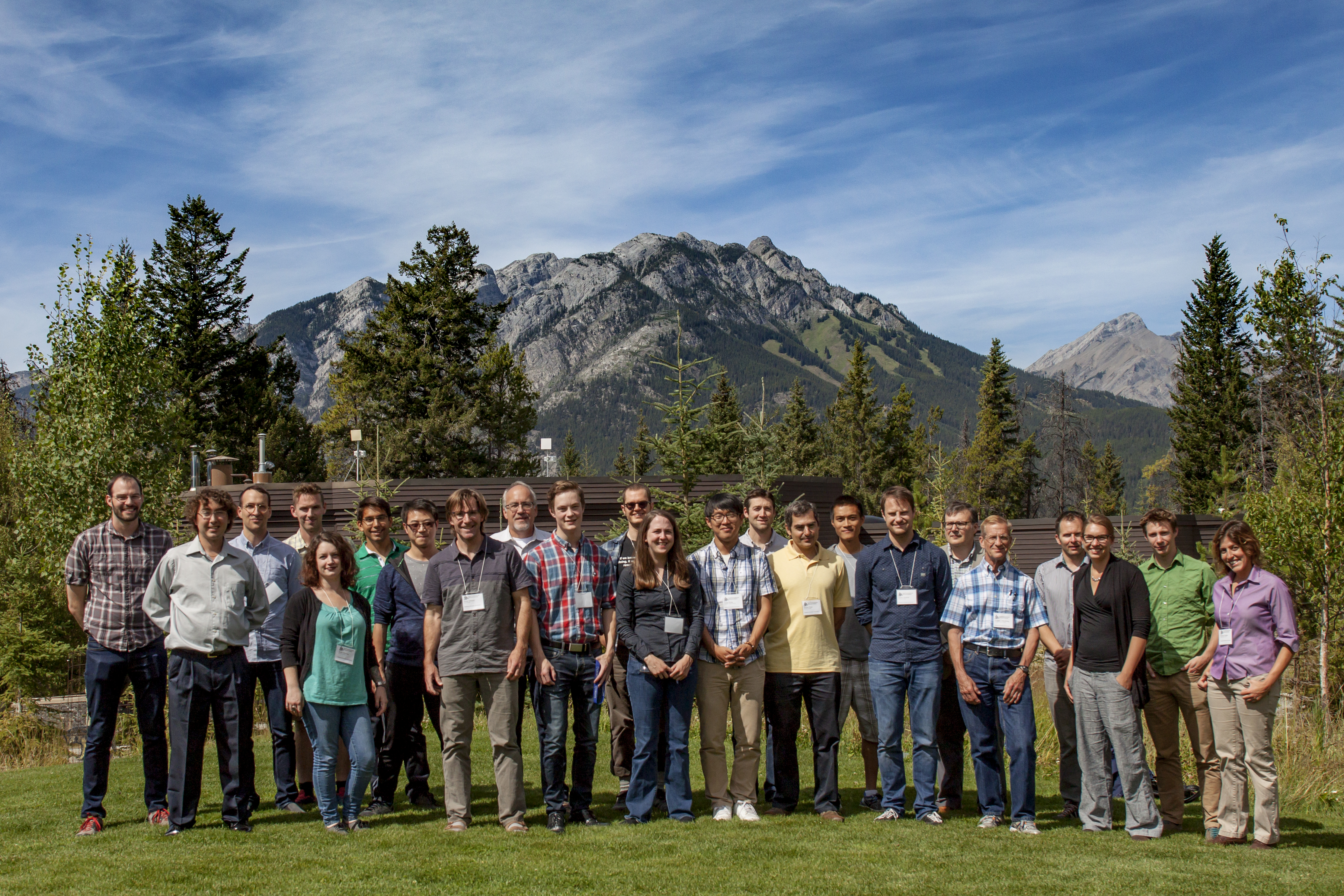
BIRS participants at the SimPEG 2016 Workshop
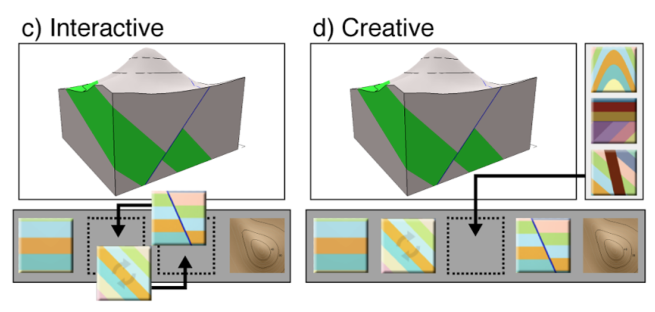
Reflecting on creating tools for technical communication.
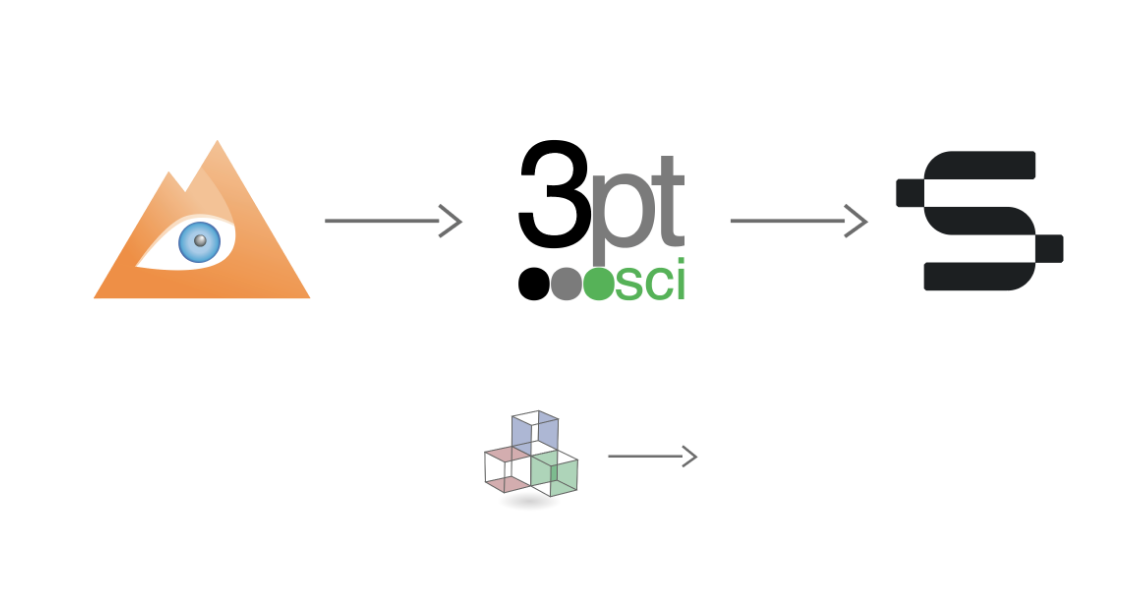
UCalgary Geosicence - Friday Afternoon Talk Series
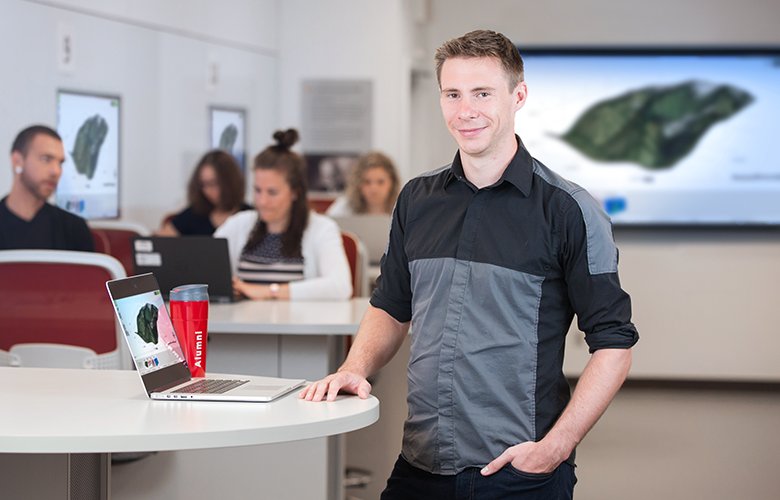
Podcast with Matt Hall and Graham Ganssle
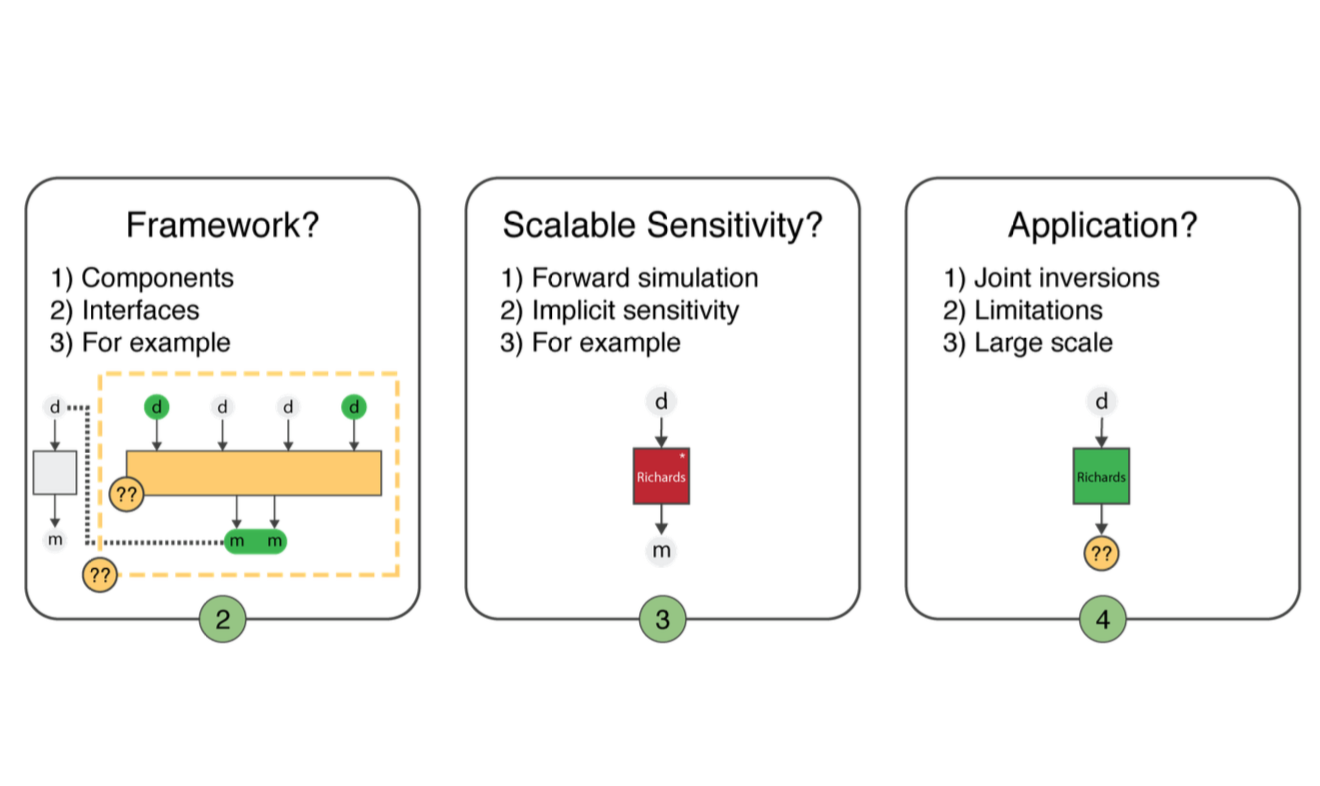
A framework for geophysical inversions with application to vadose zone parameter estimation
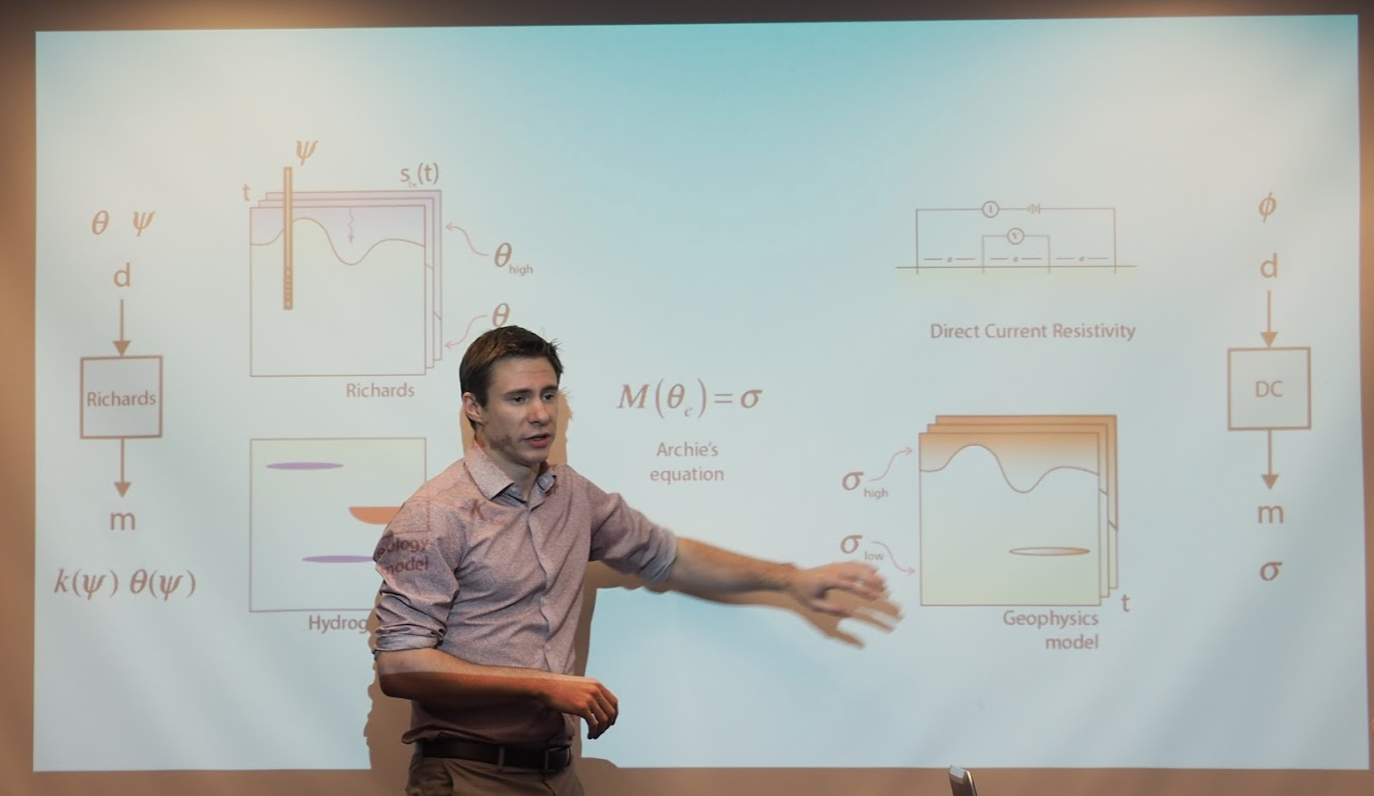
My PhD Defence
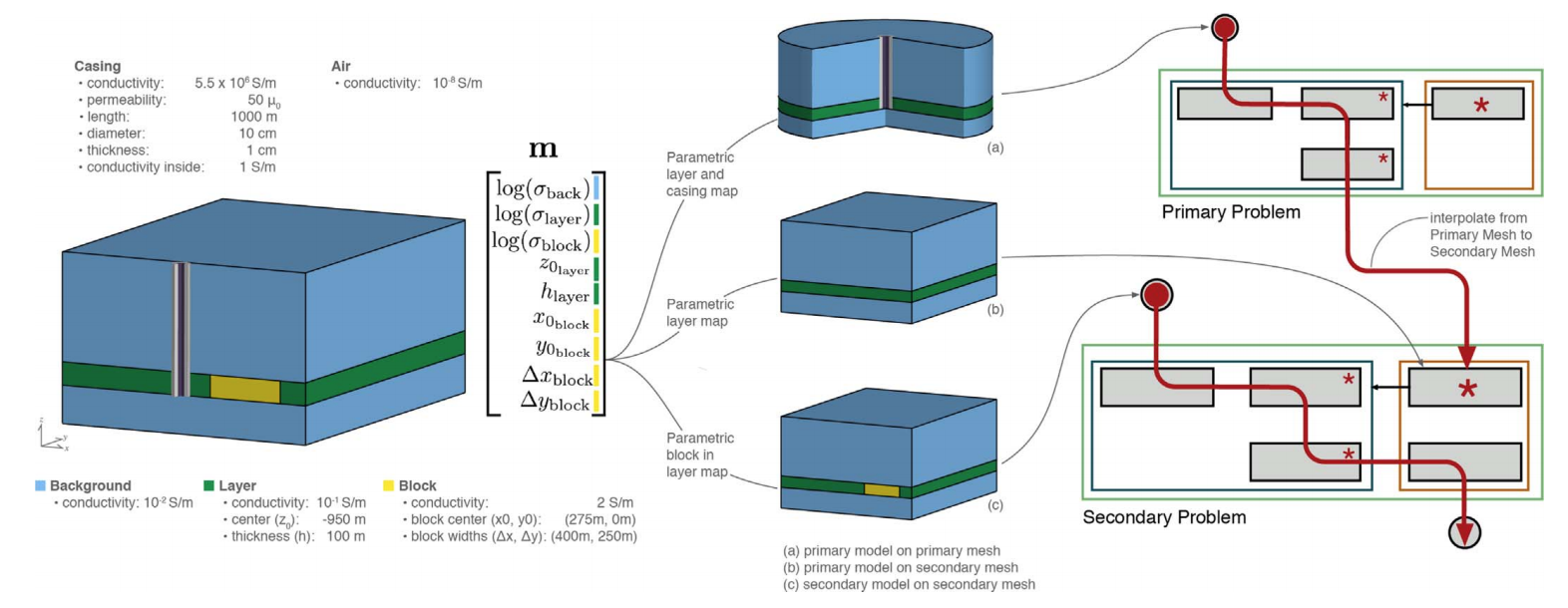
A framework for simulation and inversion in electromagnetics